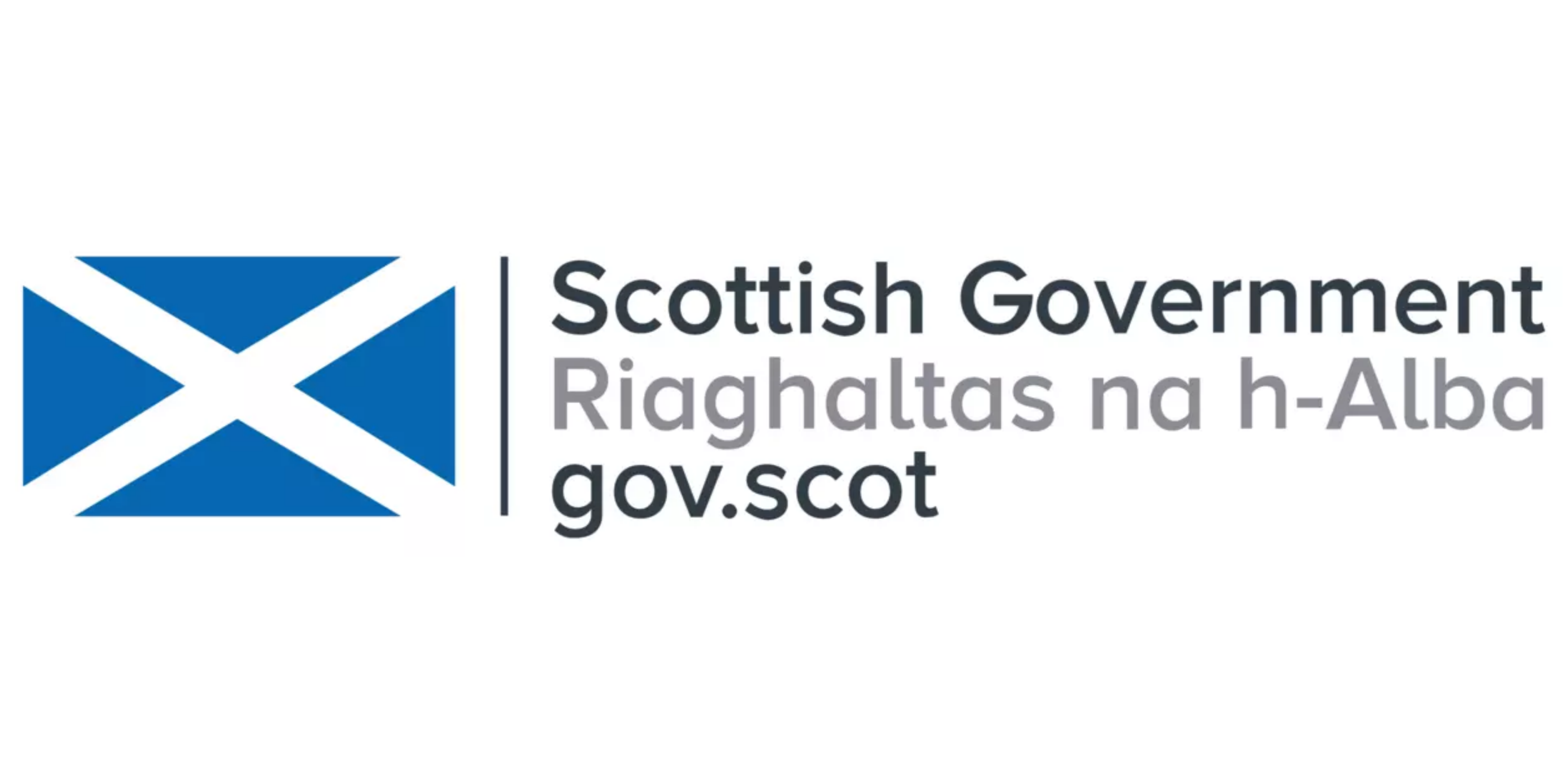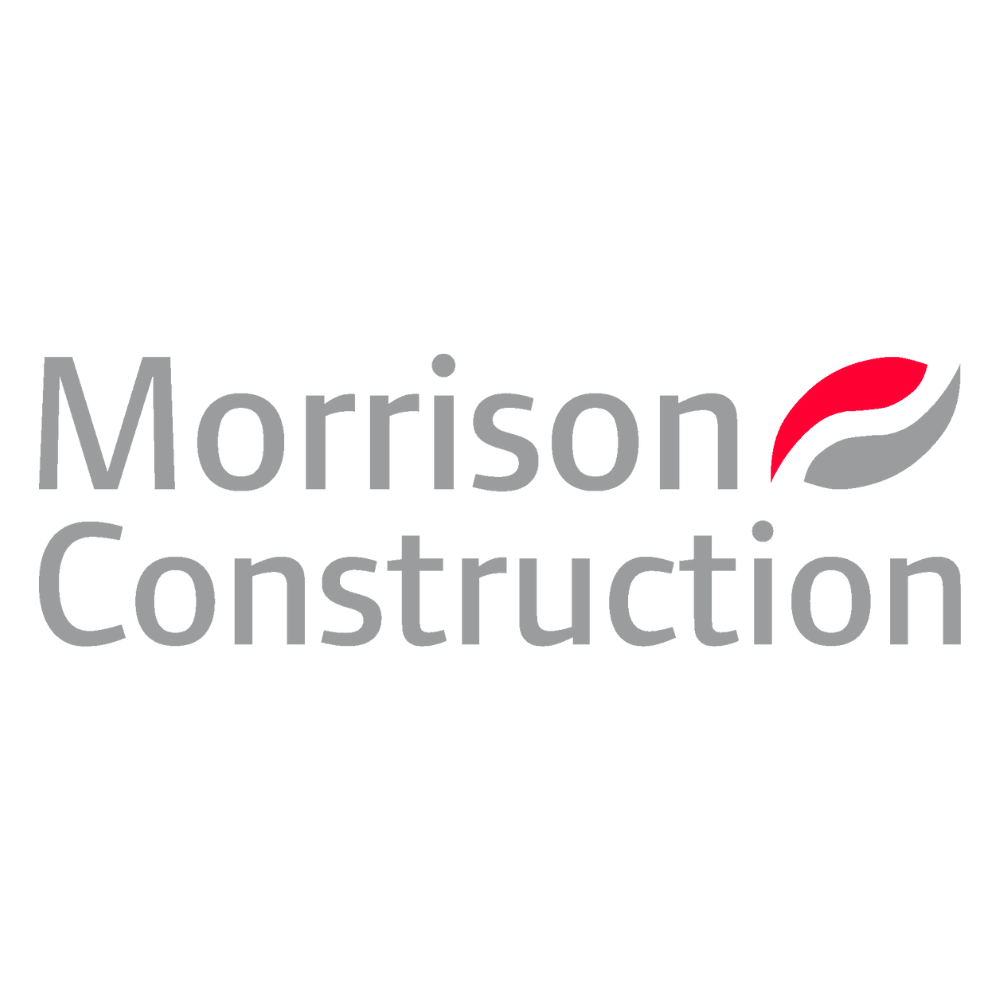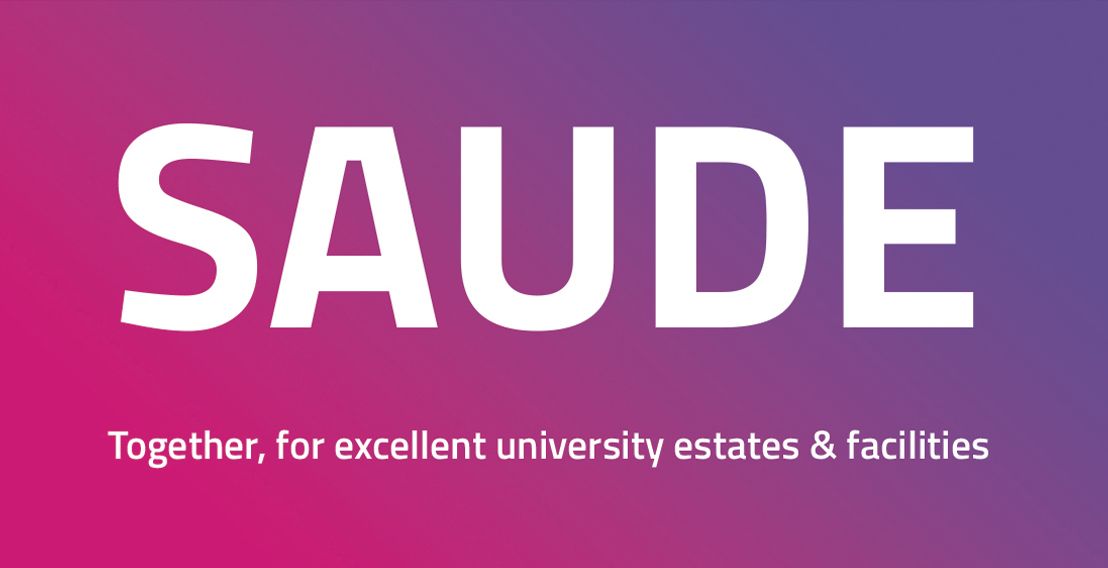Low Carbon
Context
The climate crisis has fuelled the momentum towards reaching Net Zero before 2045. The Passivhaus EnerPHit Standard has been internationally recognised for its low energy building standards in renovation projects. This webinar included speakers from Hamson Barron Smith and Zero Waste Scotland, who discussed the significance of utilising EnerPHit requirements and their associated benefits. The EnerPHit refurbishment of St Sophia’s Primary School, in East Ayrshire, will be a UK-first in terms of renovating an existing primary school.
St Sophia’s Primary School Project Background
Hamson Barron Smith is a design and building consultancy company who is working closely with multiple partners and organisations on St Sophia’s Primary School project. Some of which include East Ayrshire Council, Scottish Futures Trust, Useful Projects and Zero Waste Scotland. The project was awarded funding as part of the Learning Estate Investment Programme in December 2020, and further capital in January 2021 from Zero Waste Scotland. Discussion with various stakeholders has established the following philosophies: quality, flexible design, adaptability, promotion of health and well-being, connection with the natural environment, security and safety. The refurbishment of this project aims to set new benchmarks for sustainable development, meeting EnerPHit standards while also creating an innovative and beautiful modern learning environment. Another objective is to ensure the school is fit-for-purpose and aligned to 21st century learning and teaching. As the existing internal and external structure will be renovated, this will generate significant improvements in the building’s energy performance and carbon emissions.

The Plan of Action
The Passivhaus EnerPHit Standard aims to provide comfort with a focus on health. The project will ensure that the building remains free from drafts and equally avoids excessive overheating, with a constant supply of filtered air using as little energy as possible. Recycled air will be extracted from secondary spaces, like corridors or kitchen spaces. Passivhaus’ Design Package, used as part of St Sophia’s project, estimates an 88% reduction in space heating. A way to achieve this will be via solar shading which controls levels of sun, so ultimately heat, entering the building. Discussions with teachers uncovered the discomfort that overheating has previously produced across summer and winter months. Through insulating the school’s roof, Passivhaus software has predicted a 94% decrease in heat loss in this area. Research has additionally found a relationship between clean air and cognitive performance. CO2 levels beyond 2,500 parts per million (ppm) can impair decision making abilities; 1,500ppm and below is considered the optimal level. Building on this, use of natural materials such as wood and stones may benefit health, well-being and cognitive performance further, while simultaneously reducing carbon emissions.
The analyses conducted as part of St Sophia’s renovation have indicated that carbon saved through energy improvements will take approximately 9 years to reach its payback timepoint. Extensive renovation which addresses the climate crisis will in turn generate a school building which offers the same rich experience and modern appearance experienced in new builds.




.png)
.png)
.png)

